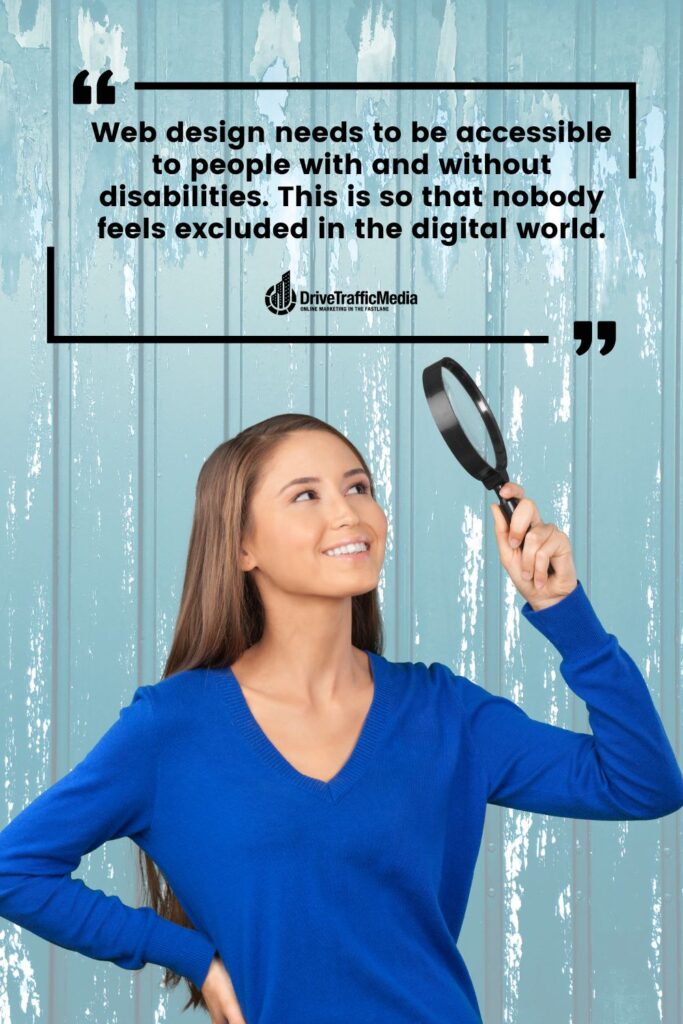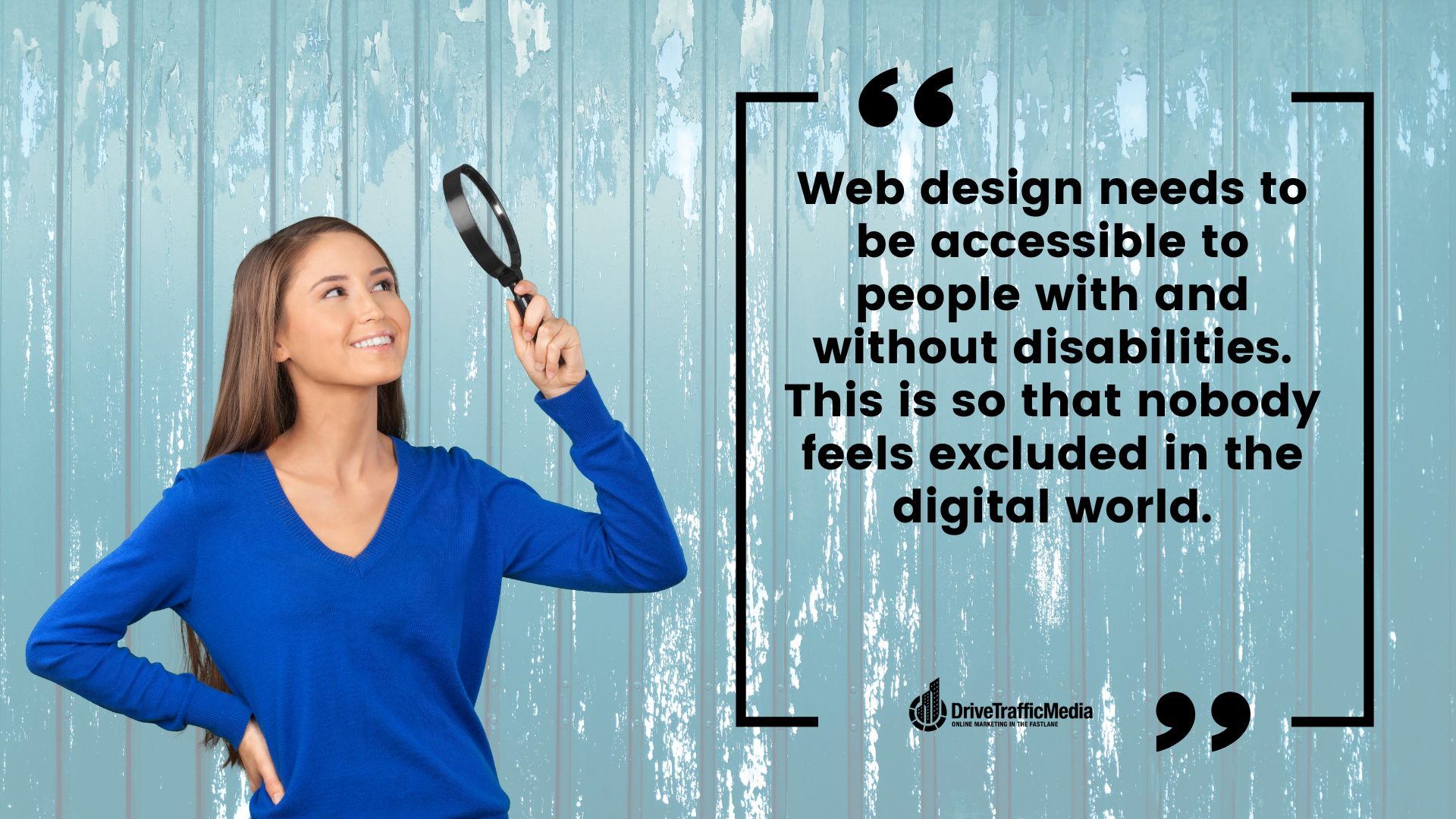For people without disabilities, web design in Orange County is something often taken for granted. To them, it’s just an annoyance. The hard-to-read text causes headaches, automatic music can be aggravating, bright colors are an eyesore and more.
To people with disabilities, however, this is more than just a hindrance. It actively excludes them from a proper browsing experience, making it difficult for them to do simple online transactions such as buying a product or reading about a topic. And considering that 1 in 7 people worldwide has some type of disability, that is a lot of people excluded!
The truth of the matter is when technology is always being improved, and society is slowly becoming more inclusive, inaccessibility just isn’t right anymore. As leading Orange County website designers, we are obligated to be more responsible with our work. That way, all peoples from all walks of life get to enjoy the digital world.

What are Ways to Make My Website More Accessible?
Thankfully, making things more accessible for our readers with disabilities is so easy. It just requires a few simple adjustments to our web development in Orange County. You can start with the three easiest ones below.
Use Contrasting Colors
Readers with visual impairments will have a hard time navigating your website if your text is barely discernable from the background. Heck, this even affects readers that have 20/20 vision! That’s because poor contrasting fonts take a lot of effort on our part to read, leading to eye strain and headaches. If your readers have perfect vision now, they certainly won’t after reading your website!
As such, the Web Content Accessibility Guidelines published by the Web Accessibility Initiative of the World Wide Web Consortium highly suggest that we use a color contrast ratio of 4.5:1 for normal text and 3:1 for larger text.
If you need help finding the right color contrast for your website, there are multiple free tools out there to help. Otherwise, black and white is always the safest option.
Use Simple Sentences
When people think of search engine optimization, they think of adding keywords as you can to a page so search engines can search for it easily. This makes reading it mildly uncomfortable because the words just sound so unnatural. Nobody really wants to read a blog called ‘How to Have Your Ears Professionally Cleaned by the Best Otolaryngologists in San Francisco’ when all you want is a guide on how to clean your ears safely!
These days, user experience and accessibility take top priority. Your words need to flow well, so readers aren’t jarred by random keywords stuffed in. Your words need to be simple and straight to the point so people with learning or cognitive disabilities will have fewer problems comprehending your text. The same goes for readers whose first language isn’t the one you’re writing in.
Add Captions to Multimedia Content
You always want to make sure you’re adding captions to all multimedia content. That way, people with disabilities can easily find out what something is about even when they can’t see or hear it for themselves.
Images are the most common forms of visual content on your website. They help describe the topic of the page and give credence to your text. However, if some of your readers cannot physically see the picture, or if their Internet connection isn’t strong enough to even load pictures, then that takes away from their user experiences.
As such, you want to add alt text to describe every photo you’re using if it adds to your content. If the photo is for decorative or placeholder purposes only, then you can skip this option. It’s still a good idea to add alt text to everything, though.
Meanwhile, if you’re posting videos on your website, your hard-of-hearing viewers might have a hard time keeping up with the video content. So, you want to add captions so they can read what’s going on.
Conclusion
Do you need help making your website more accessible to your readers? Please contact Drive Traffic Media today at (949) 800-6990 or visit our website here. We are a digital marketing agency that can help you with web design, search engine optimization, social media marketing, advertising, copywriting, and so much more. We guarantee that we’ll have you covered.
